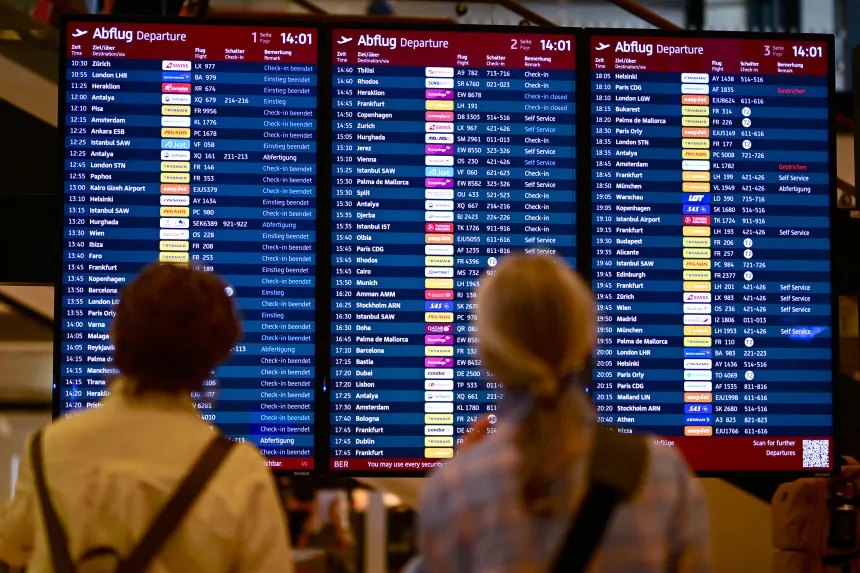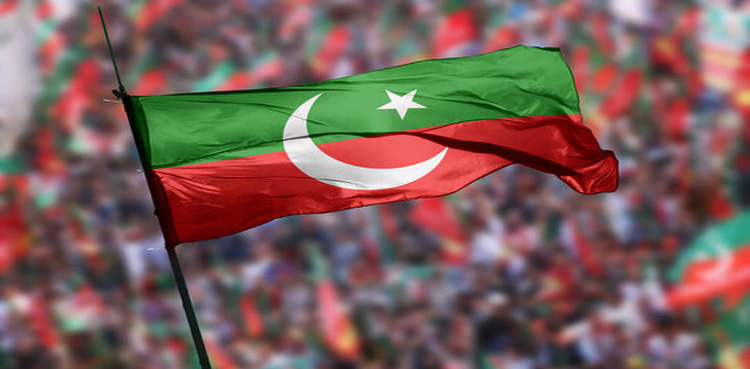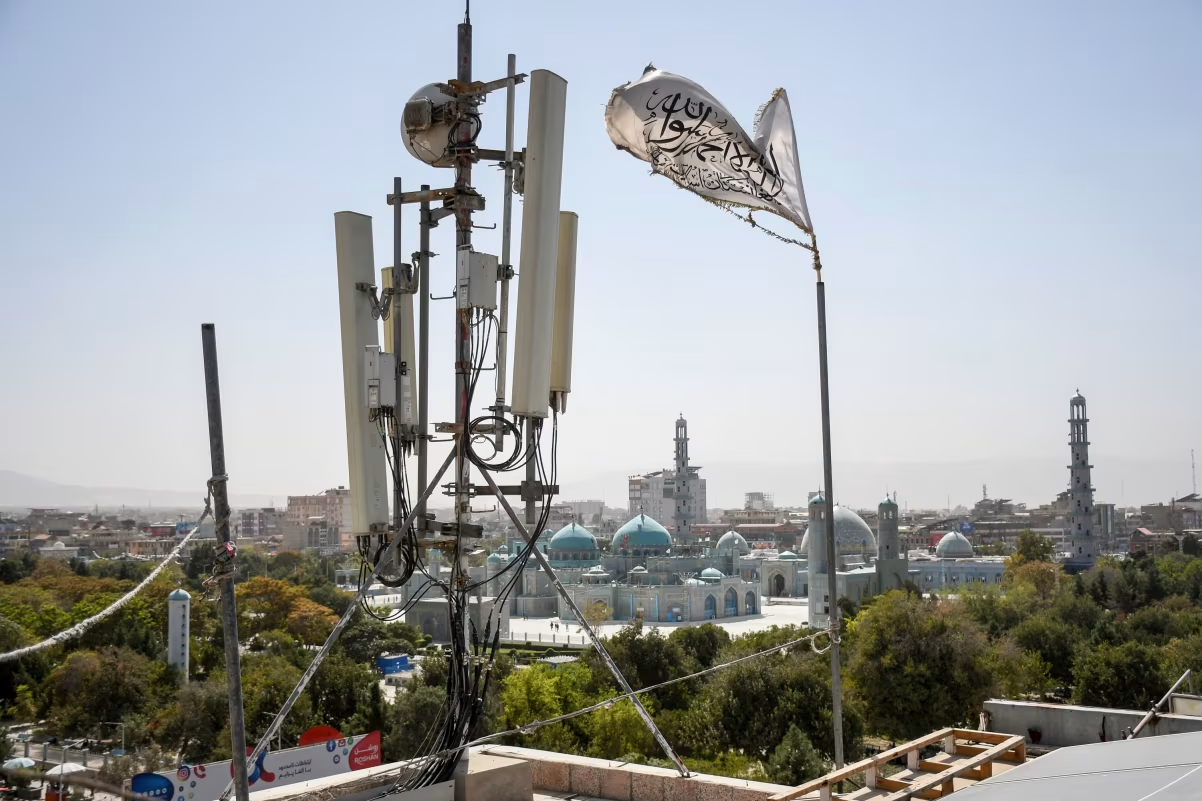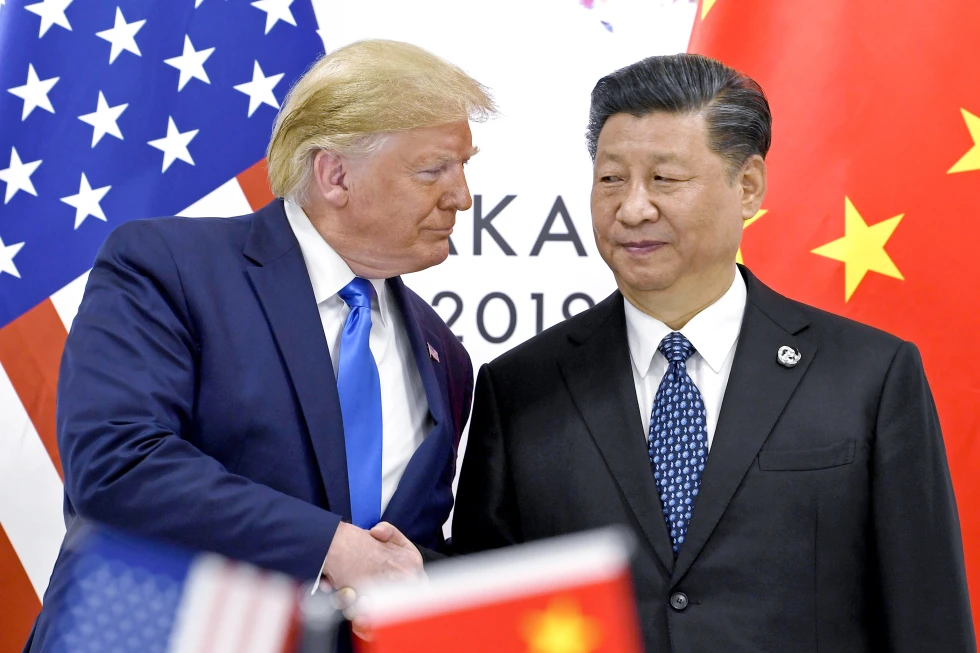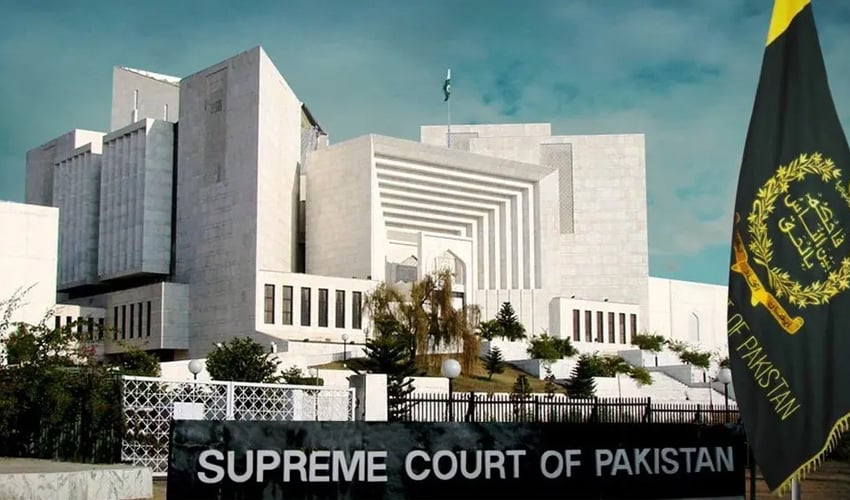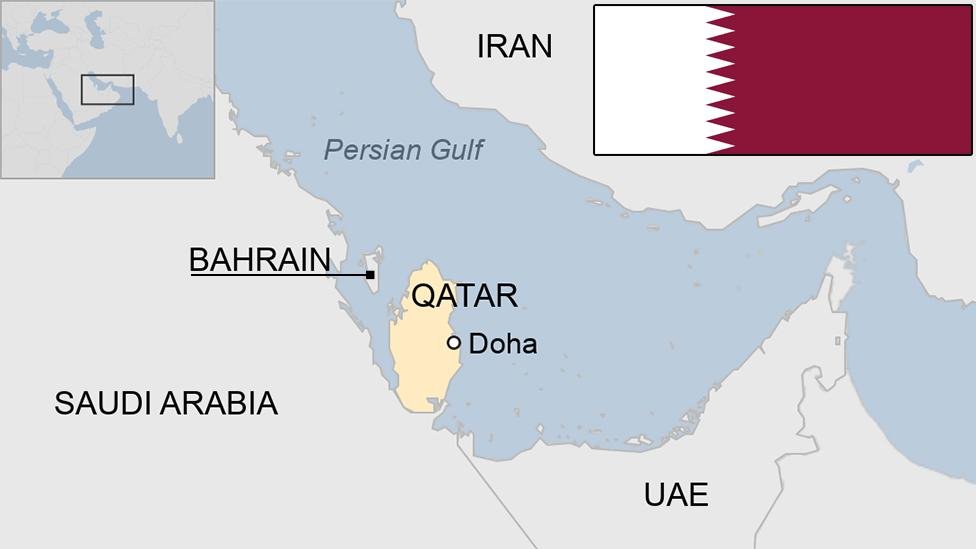Washington, D.C. – What was meant to be a triumphant display of military power turned into a moment of deep political division across the United States. As President Donald Trump watched tanks roll down Constitution Avenue on Saturday—marking the US Army’s 250th anniversary and his 79th birthday—thousands of demonstrators nationwide responded with defiant energy, taking to the streets under the unified banner of the “No Kings” movement.
The parade, featuring over 6,000 active-duty soldiers and 128 tanks, fulfilled Trump’s long-standing desire for a show of force reminiscent of France’s Bastille Day celebrations. Delayed for years due to logistical and political pushback, the parade finally became reality—but not without significant backlash.
Across the country, Americans flooded city centers from New York and Chicago to Austin and Los Angeles, voicing their alarm over what they saw as a symbolic attempt to glorify authoritarianism. The coordinated protests, branded “No Kings Day,” denounced the militarization of public life and the perceived erosion of democratic norms under Trump’s leadership.
“This isn’t patriotism—it’s pageantry for power,” read one placard in Philadelphia. Marchers chanted slogans promoting democracy, immigrant rights, and civilian rule, often accompanied by brass bands, street theatre, and giant caricature balloons of Trump depicted as a monarch.
While most protests remained peaceful, tensions escalated in several cities. In Los Angeles and Portland, police clashed with demonstrators outside federal buildings, deploying tear gas and crowd-control munitions. National Guard troops were mobilized in several states as a precaution.
In Seattle, authorities estimated a crowd of over 70,000—one of the largest public demonstrations the city has seen in years. Atlanta’s Capitol plaza reached full capacity within minutes, leaving thousands to rally outside the barricades. From coastal cities to rural towns, the message was consistent: Americans reject any drift toward autocracy.
The protests also intersected with ongoing anger over aggressive federal immigration enforcement. Trump’s decision to deploy Marines and the National Guard to Los Angeles in response to immigration raids added fuel to the fire, prompting even broader participation in the “No Kings” rallies.
The No Kings Coalition, which organized the national protest, released a statement that captured the day’s spirit: “Across red states and blue, small towns and big cities, Americans stood shoulder to shoulder and said one thing clearly—this is a republic, not a monarchy.”
While Trump saluted tanks and military aircraft from a raised viewing platform near the White House, his critics accused him of transforming a military anniversary into a personal celebration wrapped in political theatre. Analysts noted the stark contrast between the spectacle in Washington and the civil resistance across the nation.
Though the parade may have bolstered Trump’s base, the widespread and energetic opposition suggests that many Americans view such public displays of might not as expressions of national pride but as warning signs of creeping authoritarianism.
In the words of one demonstrator in Denver: “We don’t need parades—we need accountability.”






